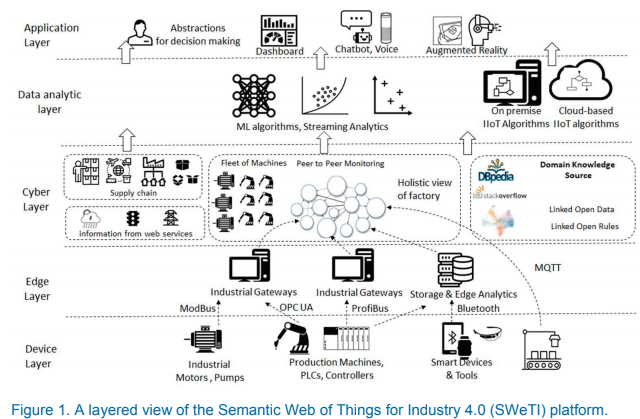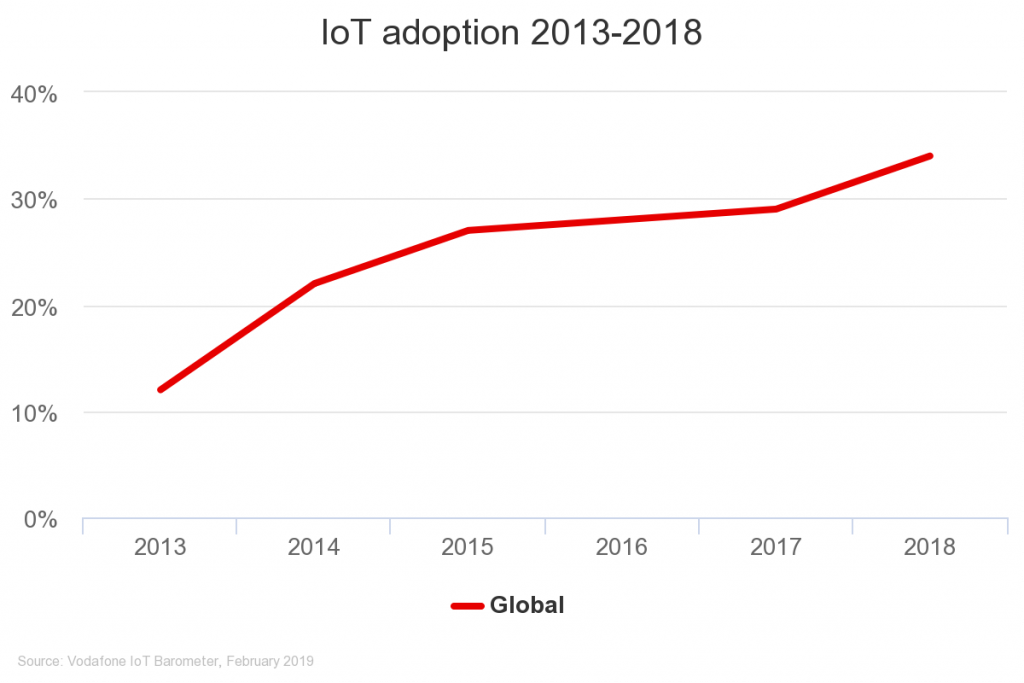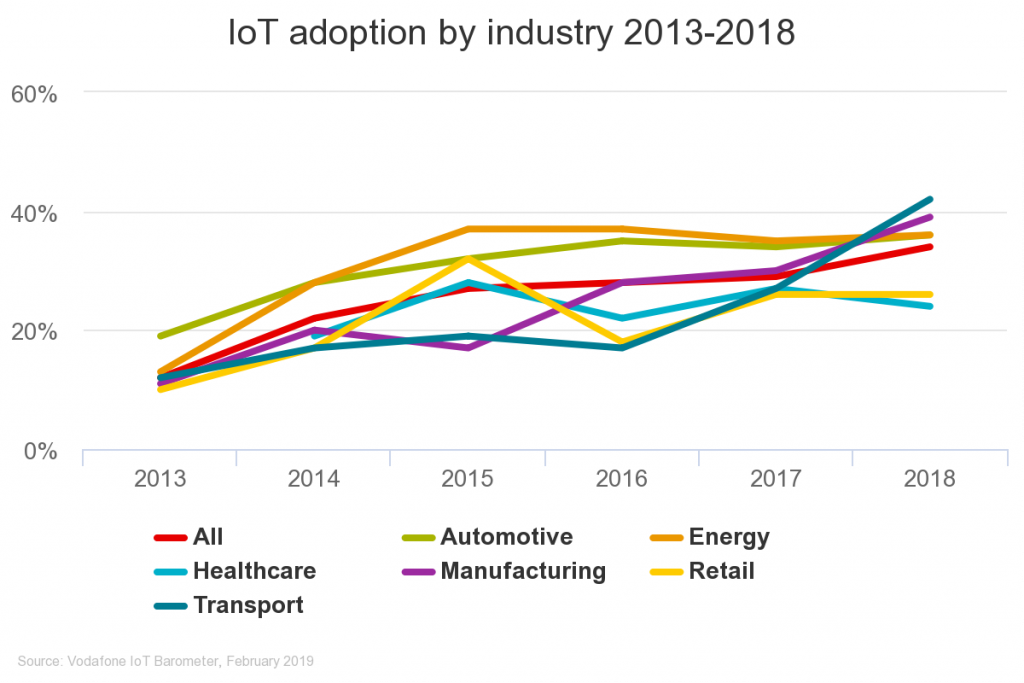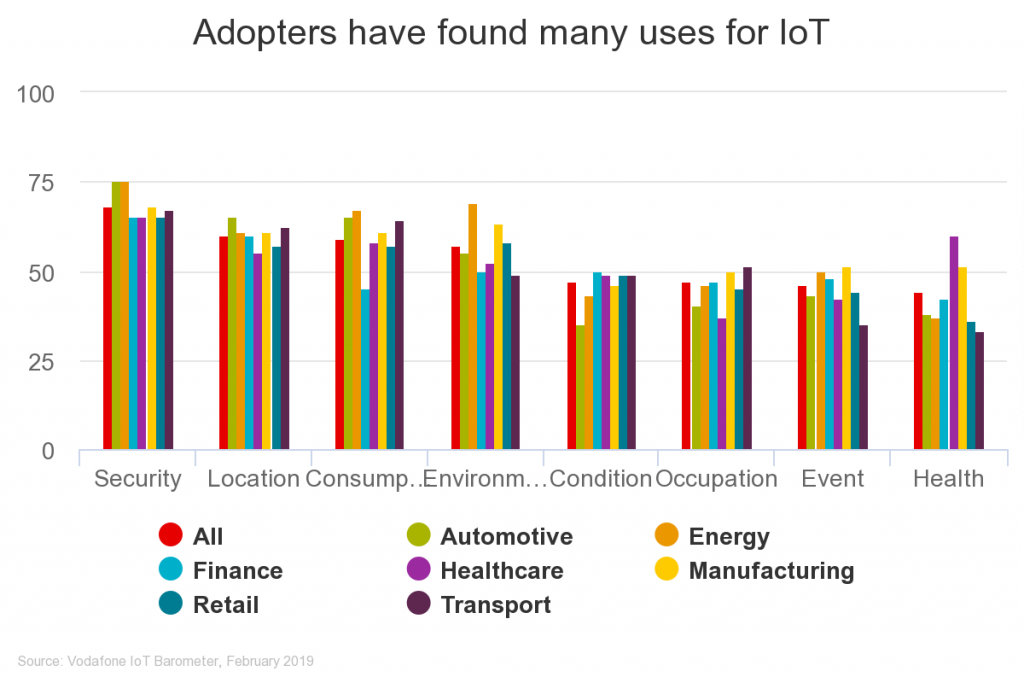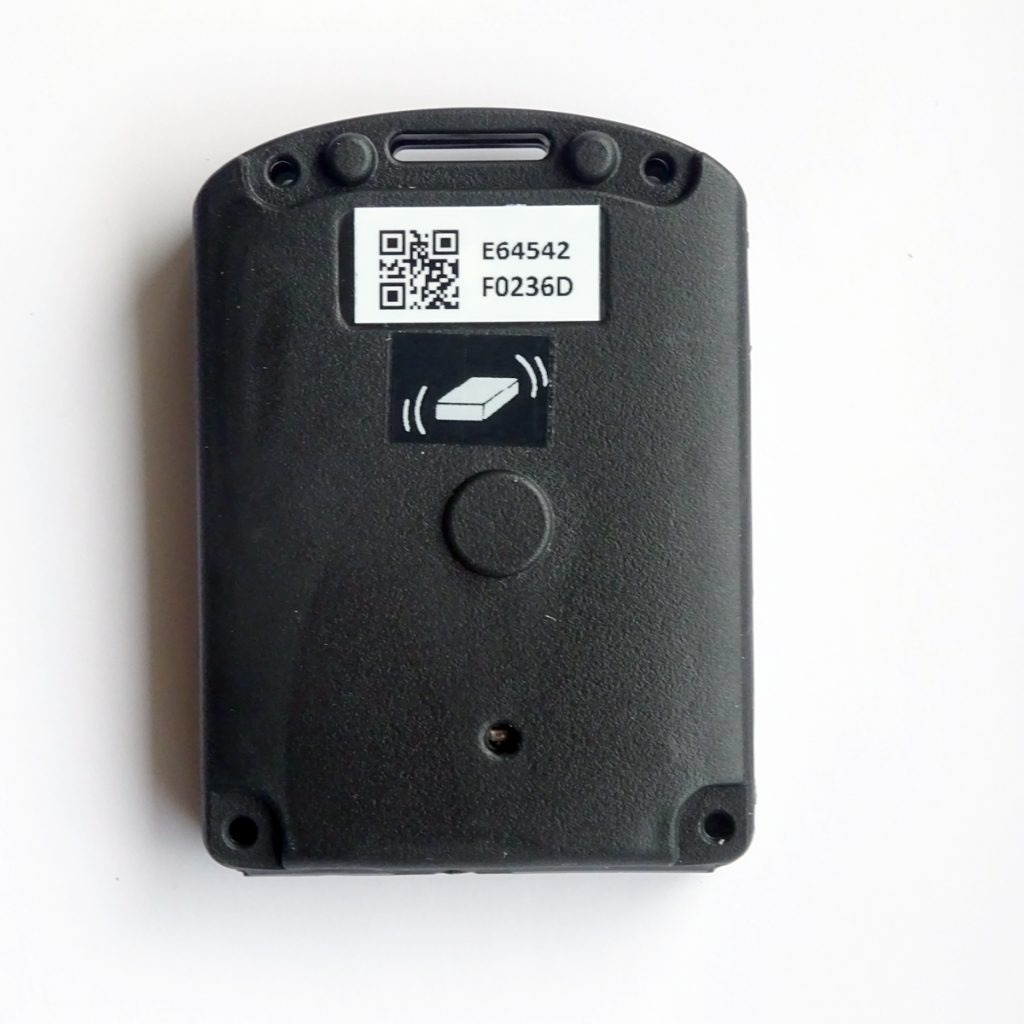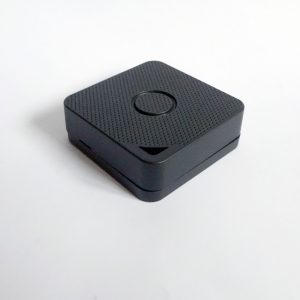Tracking things and/or people makes organisations more efficient through enhanced productivity. Most organisations want to improve a specific problem in one of the following areas:
- Stock Control – Knowing how much you have, where, without any human checking
- Finding Items – Picking items without time-consuming manual searching
- Safety & Security – Knowing when assets move, go missing, are dropped or crashed into
- Process Efficiency – Preventing human error of manual audits, knowing an expensive asset is being fully utilised, providing real time workplace instructions
Having solved a problem, it’s often the case that the act of digitisation allows other problems to be identified and also solved.
There are many ways to track assets using beacons. Beacons can be put on assets and detected by smartphones, Bluetooth gateways, Bluetooth mesh, or other Bluetooth LE devices such as single board computers. Alternatively, beacons can be fixed and the detecting device(s) can move. Software can be in the detecting devices and/or at a server receiving data from the detecting devices. It’s also possible to use a real time locating system (RTLS) to map the positions of assets.
The optimum solution depends on your situation and requirements. Here are some aspects to think about that will determine the optimum solution:
- What’s the size of area(s) and sub-areas (rooms, zones) you need to cover and is this outside?
- What’s the physical makeup of the areas (walls, racking) and their composition?
- What’s the electrical infrastructure (power, WiFi and Ethernet availability) and can this be upgraded?
- What assets need to be tracked?
- What attributes of assets need to be tracked (just location or sensor data as well?)
- How many need to be tracked?
- How many are in the same place, at the same time?
- How often do the assets move?
- How accurate do you need the locating?
- How up to date do you need the tracking?
- Who needs to do the tracking, from where?
- How many people need to do the tracking simultaneously?
- What kinds of information/report do you require and what’s the desired method of receiving?
- What existing IT systems have to be integrated?
Contact us if you need help with a complete solution.
Read about Real Time Locating
Read about BeaconRTLS
Read about Asset Tracking for Manufacturers
